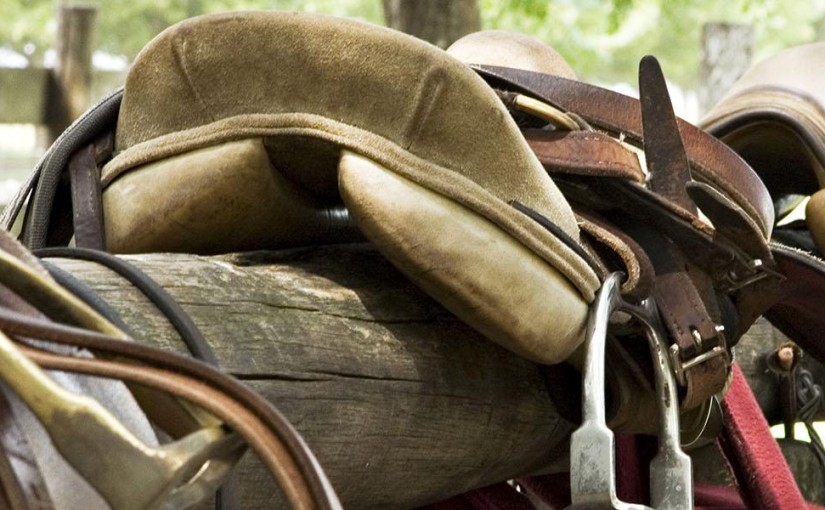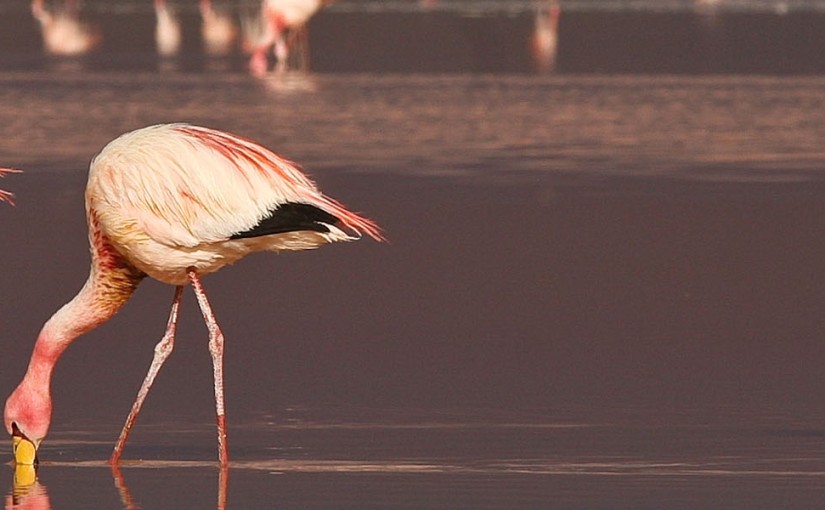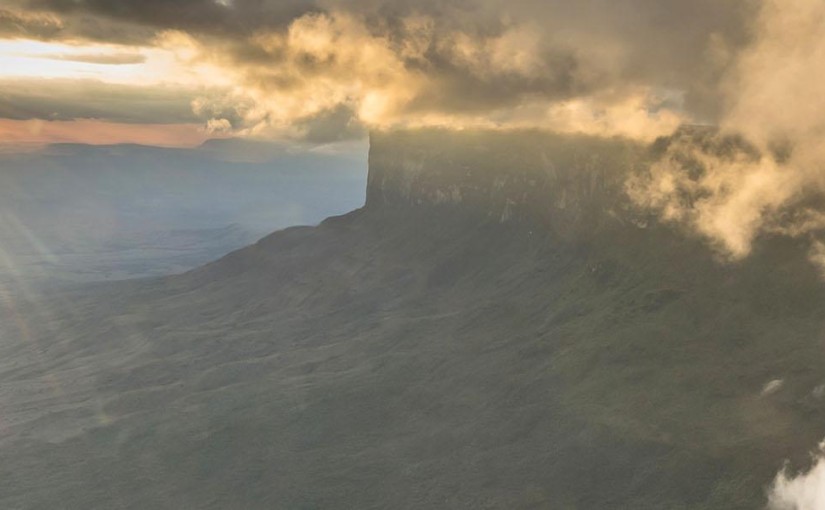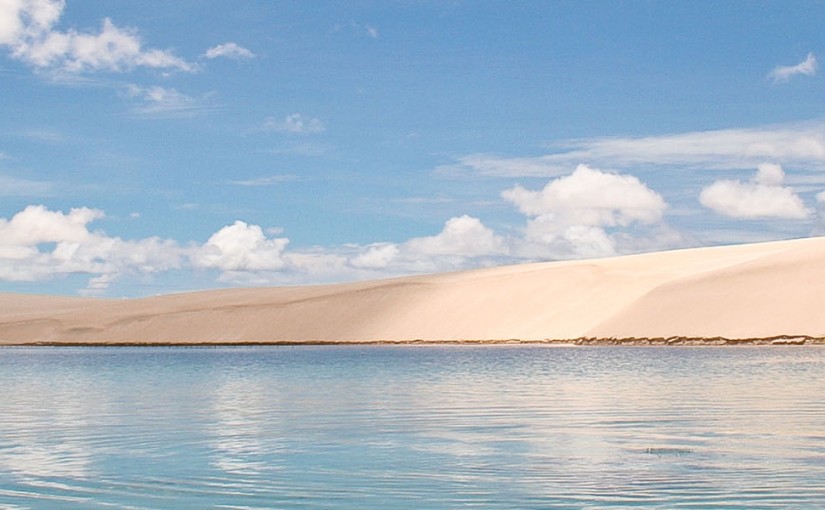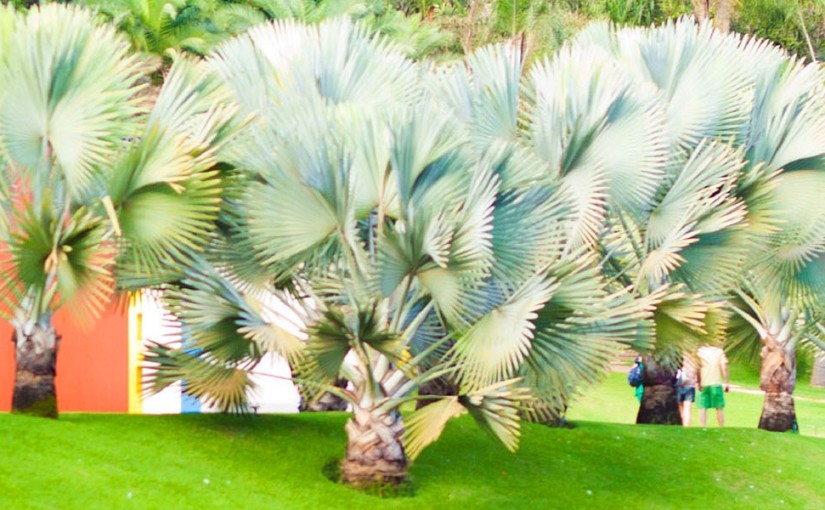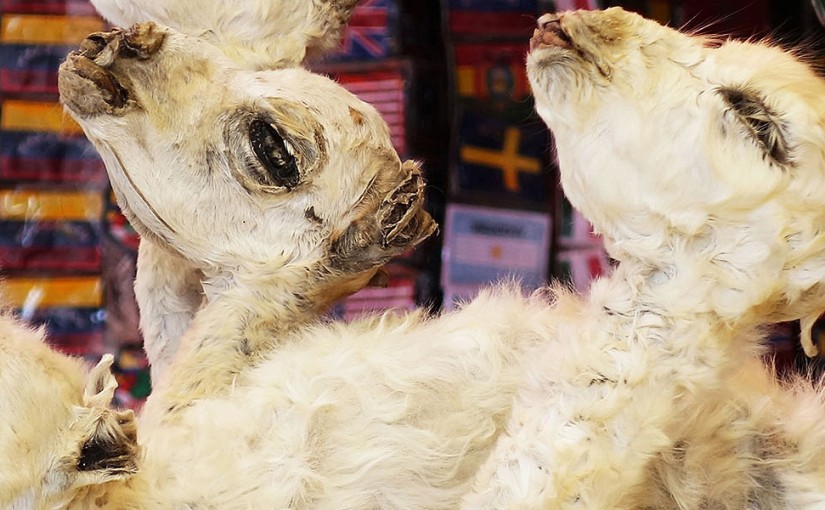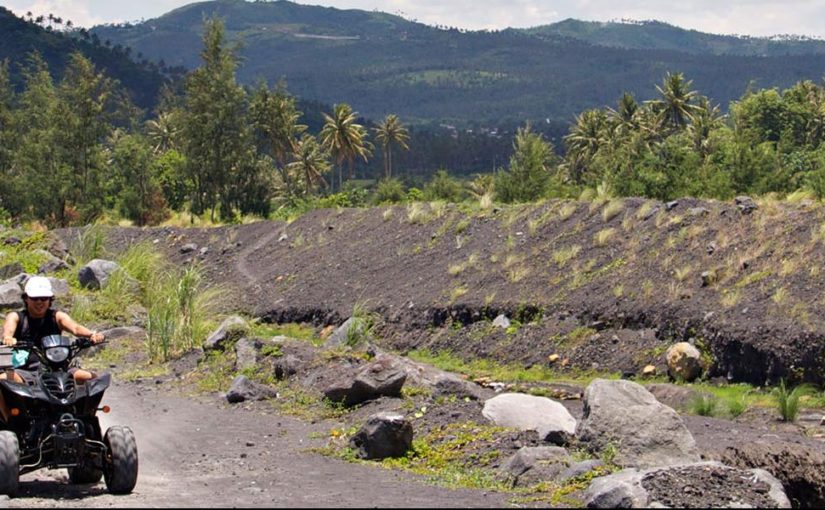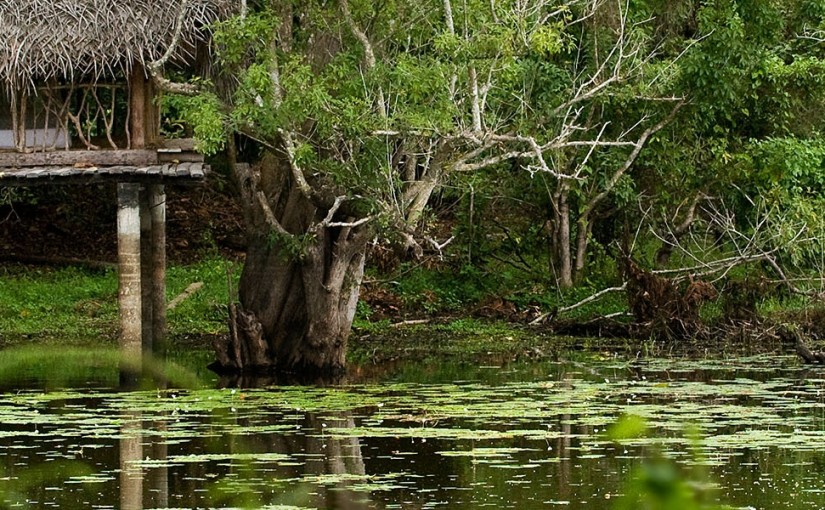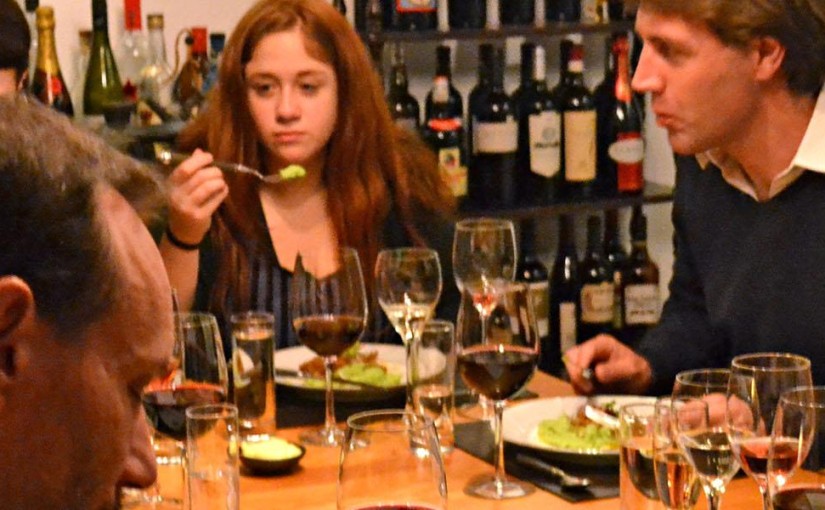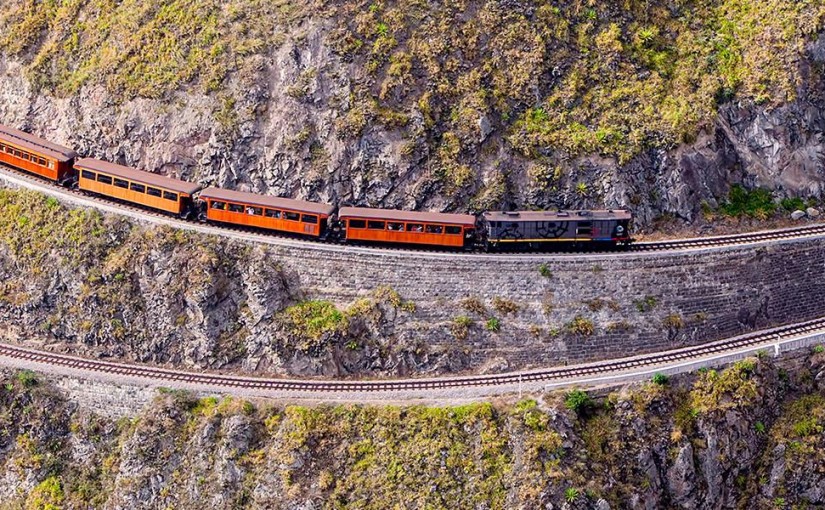If you thought polo was reserved for the British aristocracy, think again. Argentina is the planet’s polo powerhouse, producing more champions than every other nation combined. At Estancia El Venado, about two hours’ drive south of Buenos Aires, you can get in the saddle and have a go at whacking a ball with a mallet at a polo school located on a working cattle ranch. Be trained by the pros, take to the field for a game and learn about the ranch’s horse-breeding program.
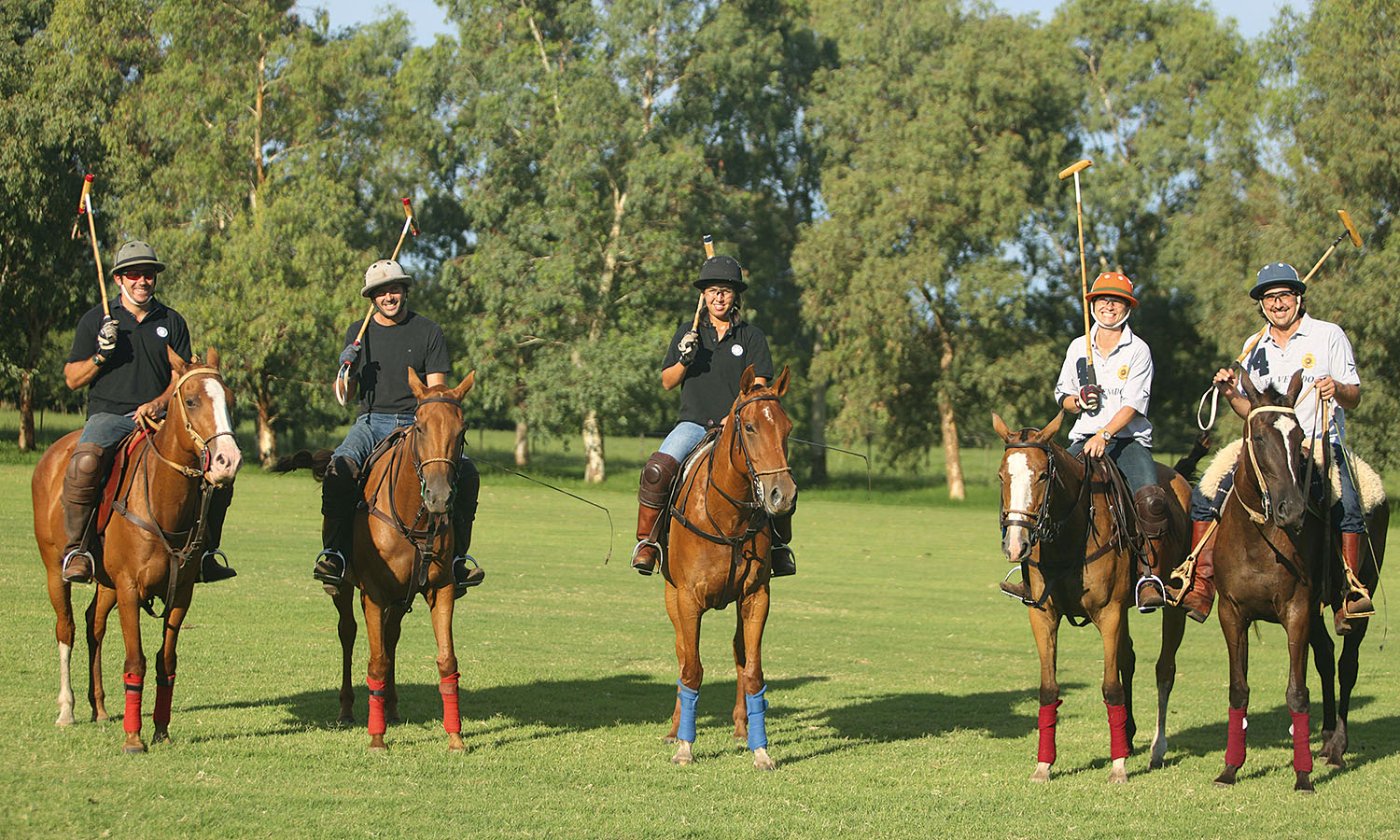

You don’t need any prior riding experience to participate, but if thundering down the field chasing a ball on horseback rattles your nerves, there are plenty of tamer activities on hand. Take part in a cattle muster with a real-life gaucho (cowboy), swing under the treetops in a hammock, kayak the Salado River, or just soak up the surroundings of the ranch, which has been kept in the family for four generations.
Archives: Highlights
Allows the user to create Highlights
Spot thousands of flamingos at Laguna Colorada
Welcome to a natural landscape that appears positively extraterrestrial. Laguna Colorada, meaning red lake, is a shallow salt lake in Bolivia’s Altiplano (high plains), more than 4,260 metres above sea level. The lake is less than a metre deep and owes its unusual colour to red minerals and algae, which lure flocks of rare species of flamingo.
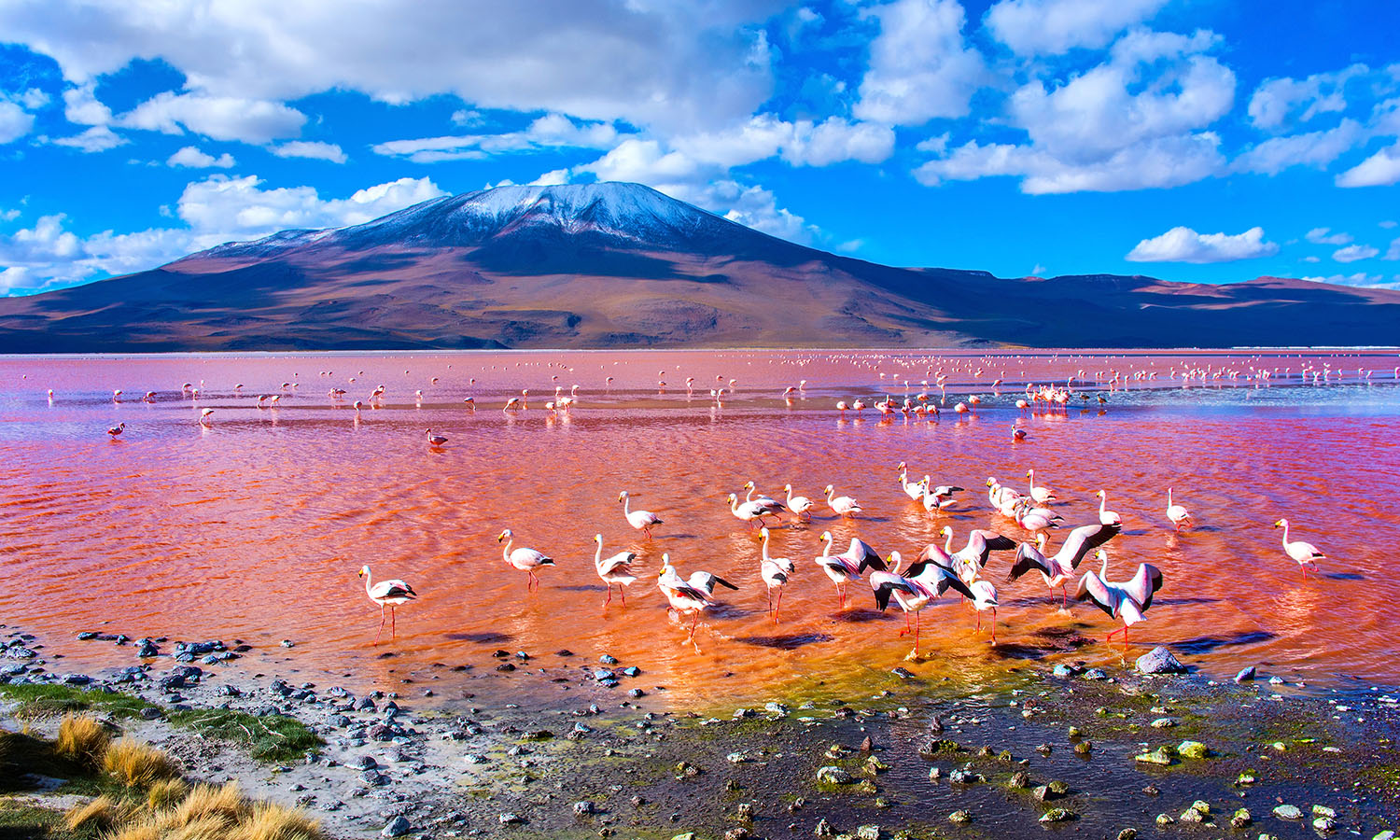

The name is no exaggeration – the water ranges from hues of salmon pink to blood red, which, when contrasted with the white borax islands, snow-capped Andes in the distance and vivid blue sky, creates a magical effect. Come here for a close-up look at the distinctive landscape and to snap brag-worthy photographs. No filter required.
Climb the colossal Mount Roraima
A colossal tabletop mountain that broke through the earth’s crust two billion years ago, Mount Roraima looks like something from an Avatar set. With a 2,810-metre summit surrounded by 400-metre sheer cliffs, Roraima forms one of South America’s most striking landscapes. And you can climb it. The mountain crosses the borders of Venezuela, Brazil and Guyana, but is most often tackled from the north-west in Venezuela.
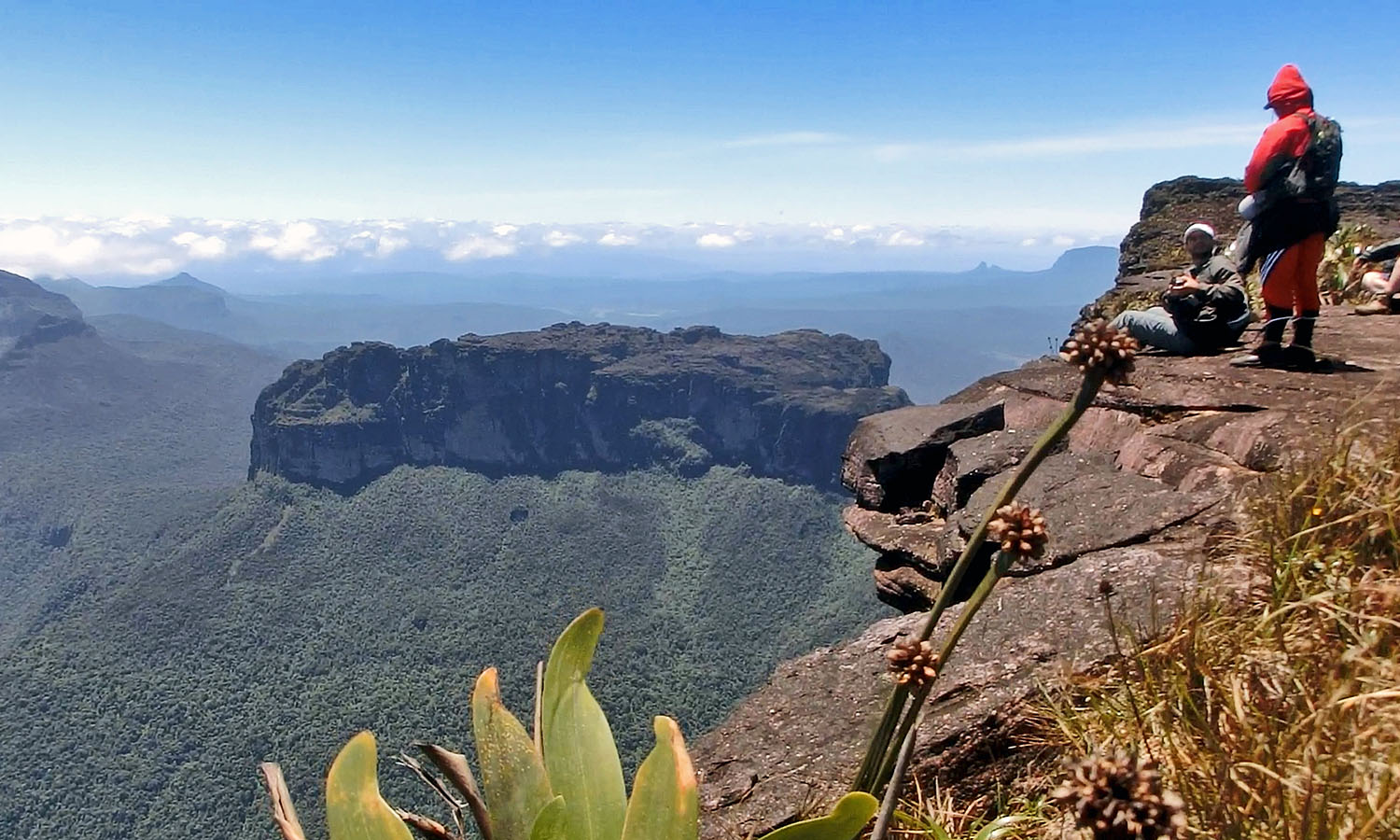

The trek begins in Pareitepuy, where you traverse open savannah landscape, crossing rivers and fields of orchids, before climbing through a cloud forest and ascending a natural staircase up the cliff face. Once on the plateau, pray for a clear view (the summit is usually cloaked in cloud), but don’t be dismayed if it’s a whiteout as there’s plenty more to see. Explore curious rock formations, caves, gorges and waterfalls, and keep your eyes peeled for black frogs and carnivorous plants.
Lençóis Maranhenses: Brazil’s sweeping dunes
After a day in the sun, you could be forgiven for thinking this magical expanse of sand and water is a mirage. Stretching across 1500 square kilometres of Brazil’s tropical north-east coast, Lençóis Maranhenses comprises a series of blue-green pools that ripple through crescent-shaped dunes like strokes of ink on parchment. Known as the ‘bedsheets of Maranhão’ (named after the state of the same name), the beach is a sight to behold.
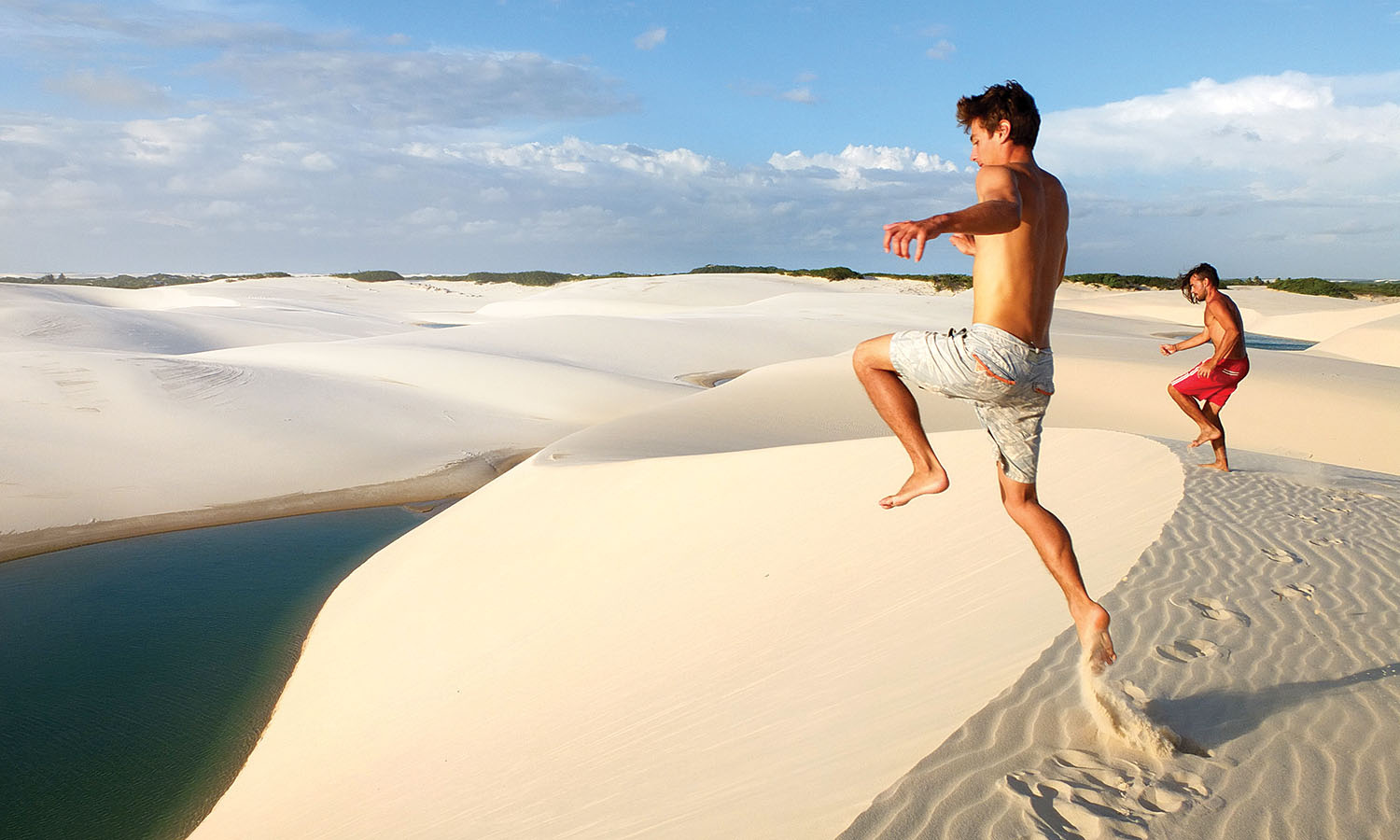

When it rains (from January to June) water fills the valleys and crevices up to three metres deep, held fast by watertight rock beneath the sand. The lagoons are at their peak between July and September and tours run regularly from São Luís, the capital of Maranhão, and from Barreirinhas, just outside the national park. Bring your togs and prepare for a memorable swim.
Brazil’s colossal Inhotim Art gallery
Where can you find outdoor sculptures, art pavilions and more than 4000 plant species all in one place? At Inhotim. Sprawled across more than 140 hectares of botanical gardens in south-eastern Brazil, this colossal open-air art gallery and contemporary museum is a world unto itself. Pick up a map, choose your route and lose yourself in an aesthetic wonderland.


The gallery features notable artists from Brazil and around the world, with each installation showcasing a unique perspective of the relationship between art and nature. Many of the pieces are interactive, and you’ll find yourself wandering through interpretive forests, lakes and valleys. The gallery’s size almost guarantees a second visit, since it’s impossible to see everything in one day (multi-day passes are available). Explore on foot, join a tour or, for about AU$10, cruise around in a chauffeur-driven golf cart.
La Paz’s Witches’ Market
Love, money, luck: everything you could possibly want can be summoned at La Paz’s bustling Mercado de las Brujas – for a price. Take a stroll down the cobbled streets of the Old Quarter for a fascinating insight into Aymara religious traditions that remain alive and well in Bolivia today, in the form of love potions, spiritual readings and spells.
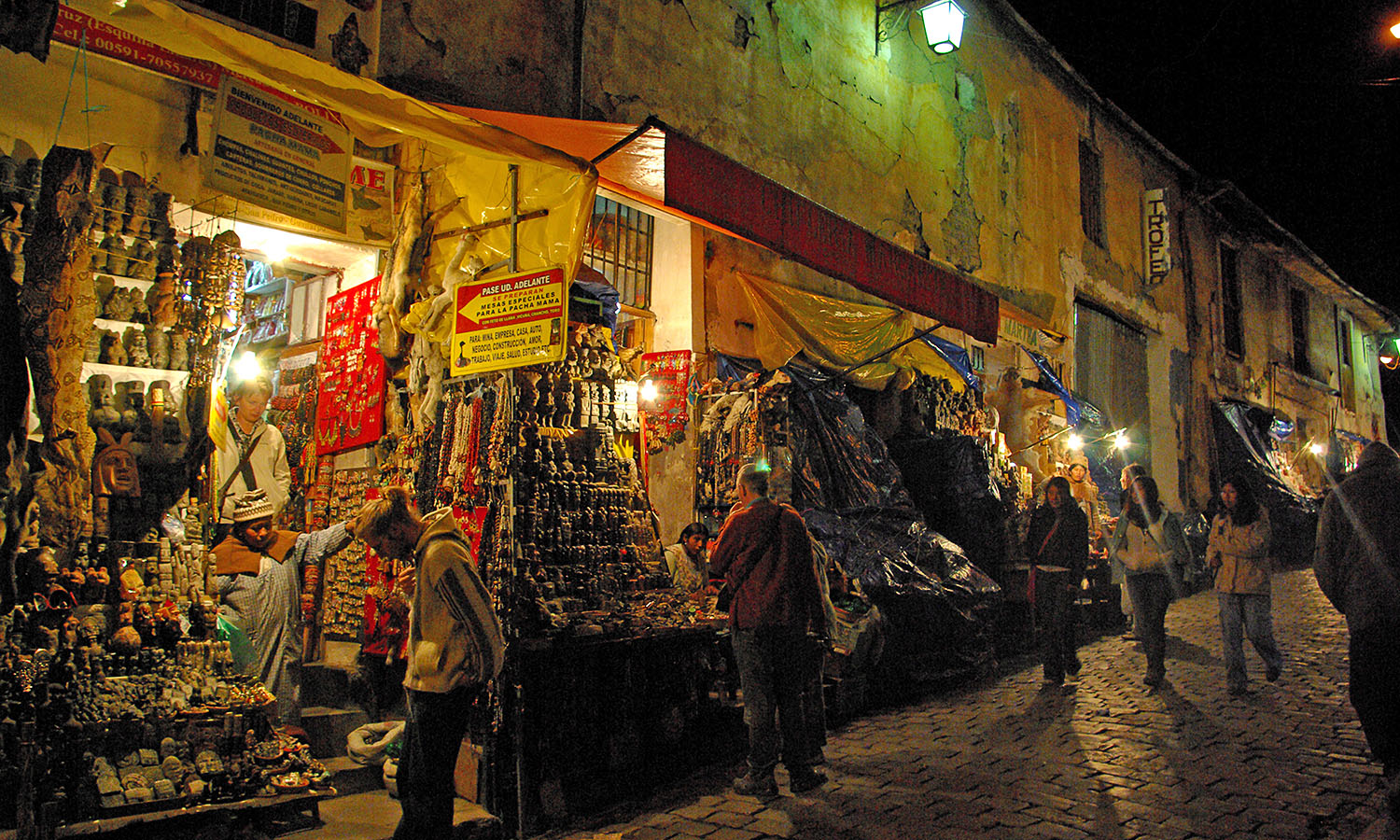

Just a word of advice – eat lunch well in advance. Along with soapstone amulets, ceramic figurines and penis candles, black-hatted yatiri (witch doctors) also purvey dried snakes, turtles, armadillos and llama foetuses. It’s an urban shopping adventure that’s definitely not for the faint of heart or the weak of stomach.
Ride an ATV up a Volcano
Bicol’s Mount Mayon Volcano is about as picturesque a volcano as you can imagine. Perfectly conical, it is the Philippines’ most active volcano, having erupted five times in the past 25 years. Needless to say the ATV ride towards its base is a thrilling one.
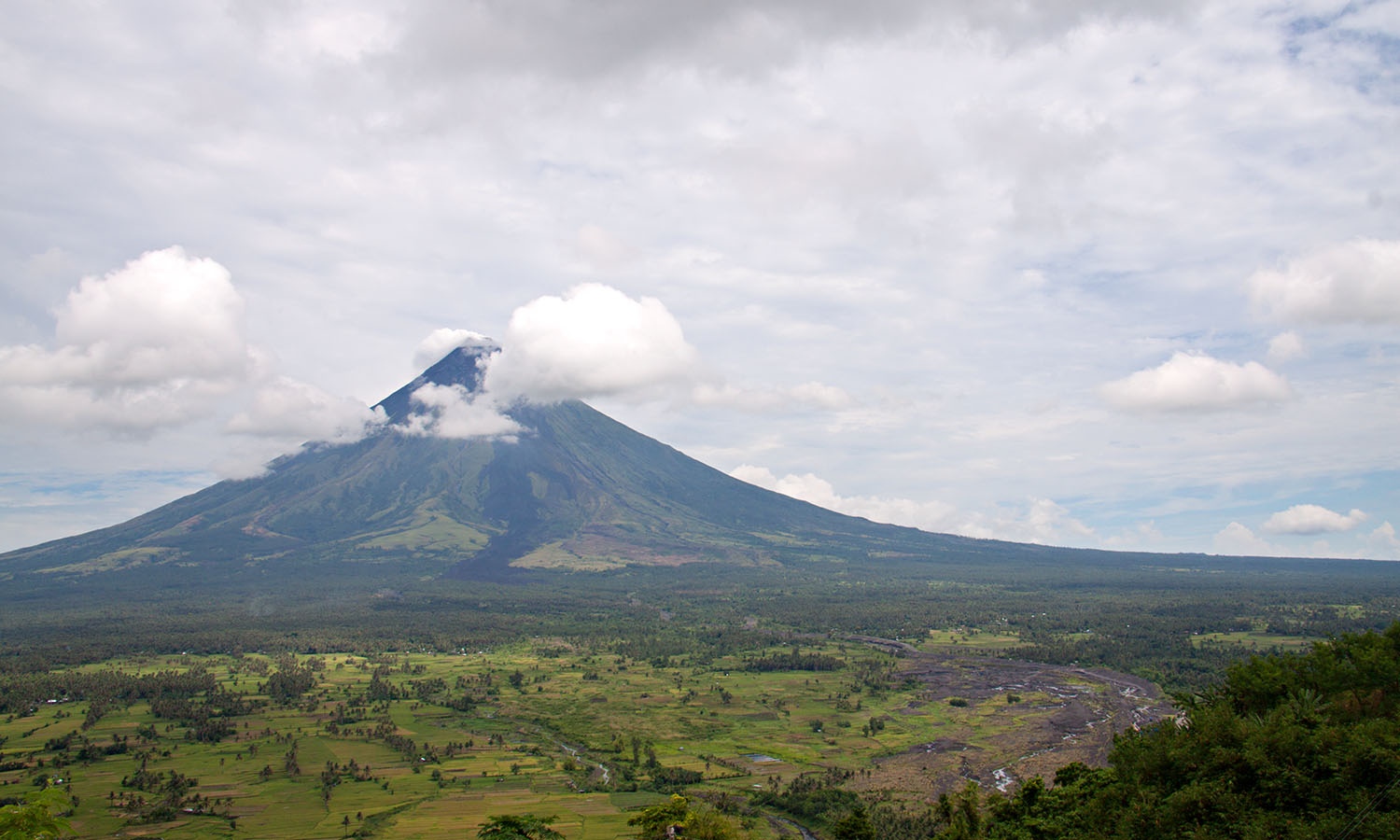

You can take one of several routes, depending on your budget and experience, but make sure you see the lava front from the 2006 eruption. There you can climb the still-steaming lava wall and look back down the valley you’ve just ridden up. Crossing rivers and accelerating up steep climbs, this is a ride for confident drivers.
From the lava front you’ll then cruise through local villages and the dense green countryside, all the while keeping an eye on the image of menacing Mount Mayon in your rearview mirror.
Ayurveda Therapy in a Sri Lankan Village
Journey to Ulpotha and unwind with the traditional art of Ayurveda. A site of pilgrimage for thousands of years, the Sri Lankan village welcomes guests from around the globe who hope the hands of Dr Srilal Mudunkothge can balance their body’s energy. He’ll massage you with oils, slather on herbal pastes and douse you with a milk rice poultice. Wash the balms away in steamy herbal baths before graduating to the next step: elimination. Ulpotha’s program is light on the more challenging traditional excretions associated with Ayurveda, like vomiting, enemas and bloodletting, but you’ll partake in inhalation: a pleasant process of sniffing fragrant steam.
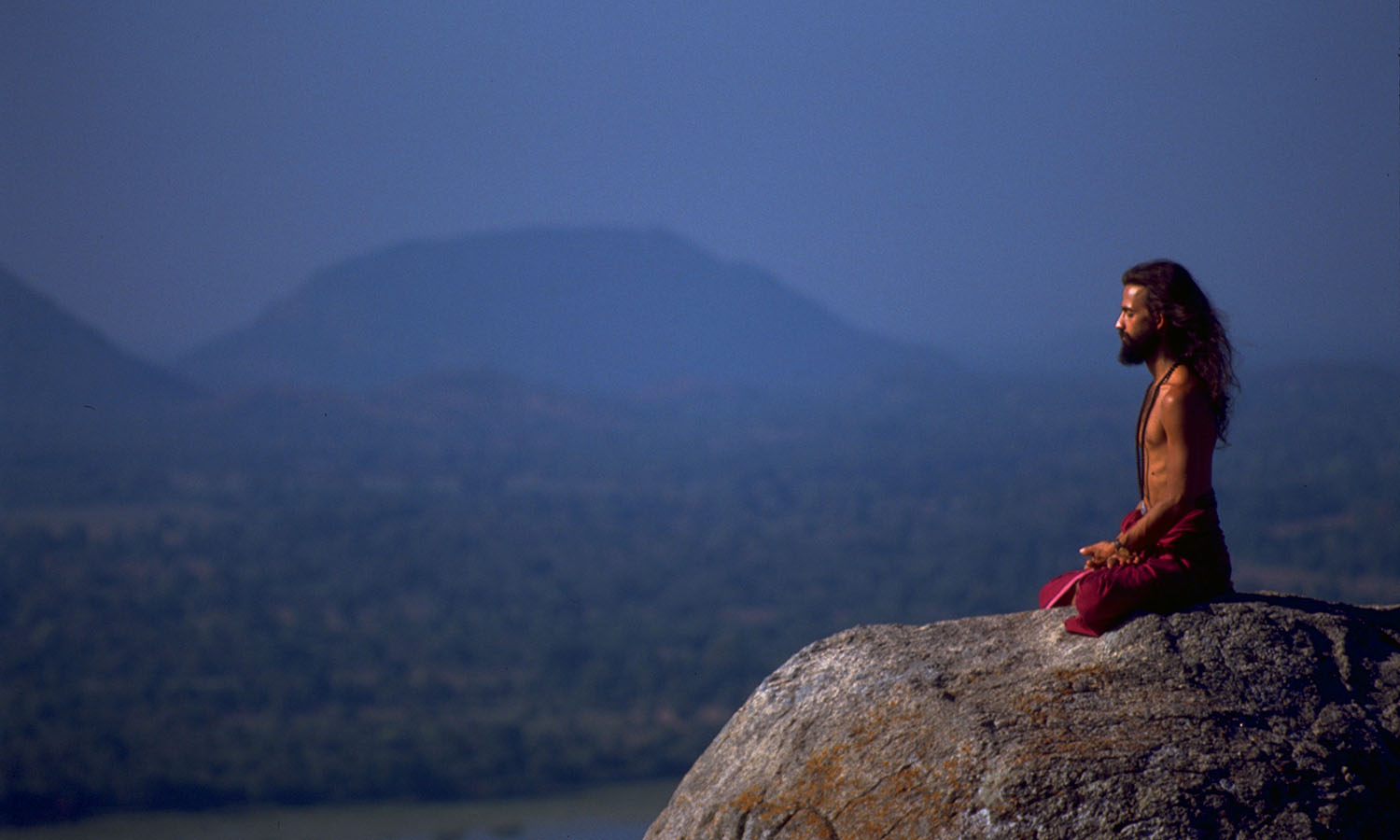

Practise yoga by the lotus-ringed lake and embrace the mantra that indulging in leisure and rest leads to a balanced life. The retreat runs an organic farm and reforestation program, and the Ayurvedic clinic treats more than 100 villagers a week, providing healing and medicine free of charge.
Degustation at Casa SaltShaker
Big on eating out, but short on amigos? Casa SaltShaker in Buenos Aires has you covered. The in-home private dining restaurant in the upmarket Recoleta neighbourhood serves up exquisite Andean-meets-Mediterranean cuisine, prepared by USA-born chef and sommelier Dan Perlman.
Puertas cerradas (closed-door restaurants) are big in BA and Casa SaltShaker’s five-course tasting menu paired with wine is a winner.


Take a seat at the communal dining table with nine of your soon-to-be best mates and tuck into mouthwatering dishes like matbucha (tomatoes and roasted capsicum with spicy coriander sauce), braised pork shoulder with smoked eggplant puree, and chocolate star-anise cheesecake.
The food is guaranteed to please, but it’s the intimate setting and conversation we love the most.
Ride the Devil’s Nose
For the engineers tasked with building a train line between Quito and Guayaquil at the beginning of the 20th century, the mountainous terrain of the Andes presented a challenge. The completed route traverses gorges, rivers, forests and a particularly harrowing mountainside descent known as the Devil’s Nose, where more than 2,000 workers died during construction. The train winds down a sheer, rocky slope, travelling more than 500 vertical metres in a 12-kilometre journey, during which passengers are treated to breathtaking views of what is known as the Condor’s Aerie.
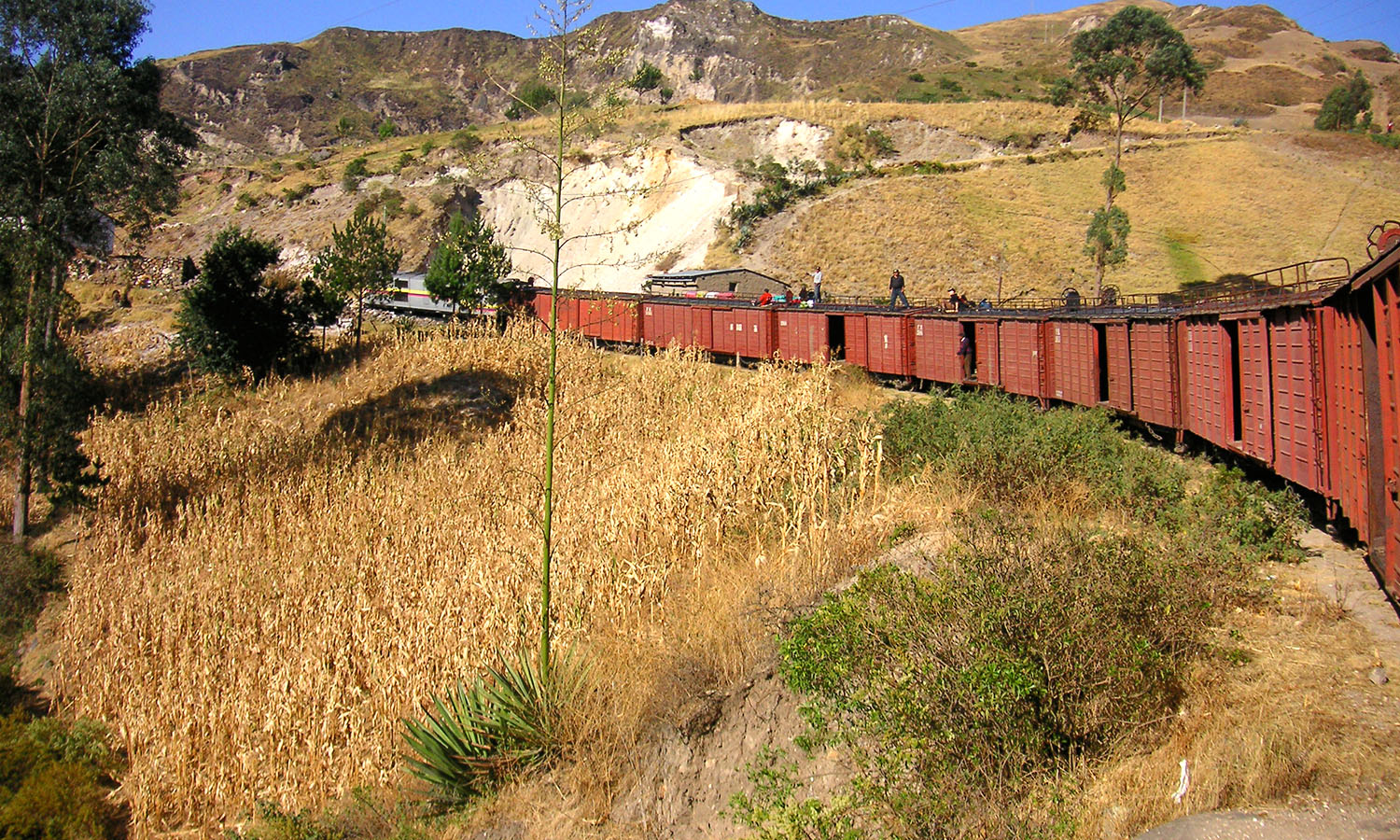

In case the idea of riding a century-old train route down what is essentially a cliff makes you shudder, don’t panic – the tracks and carriages have been refurbished, so you can white-knuckle your way down the mountain in comfort.
 (
(
